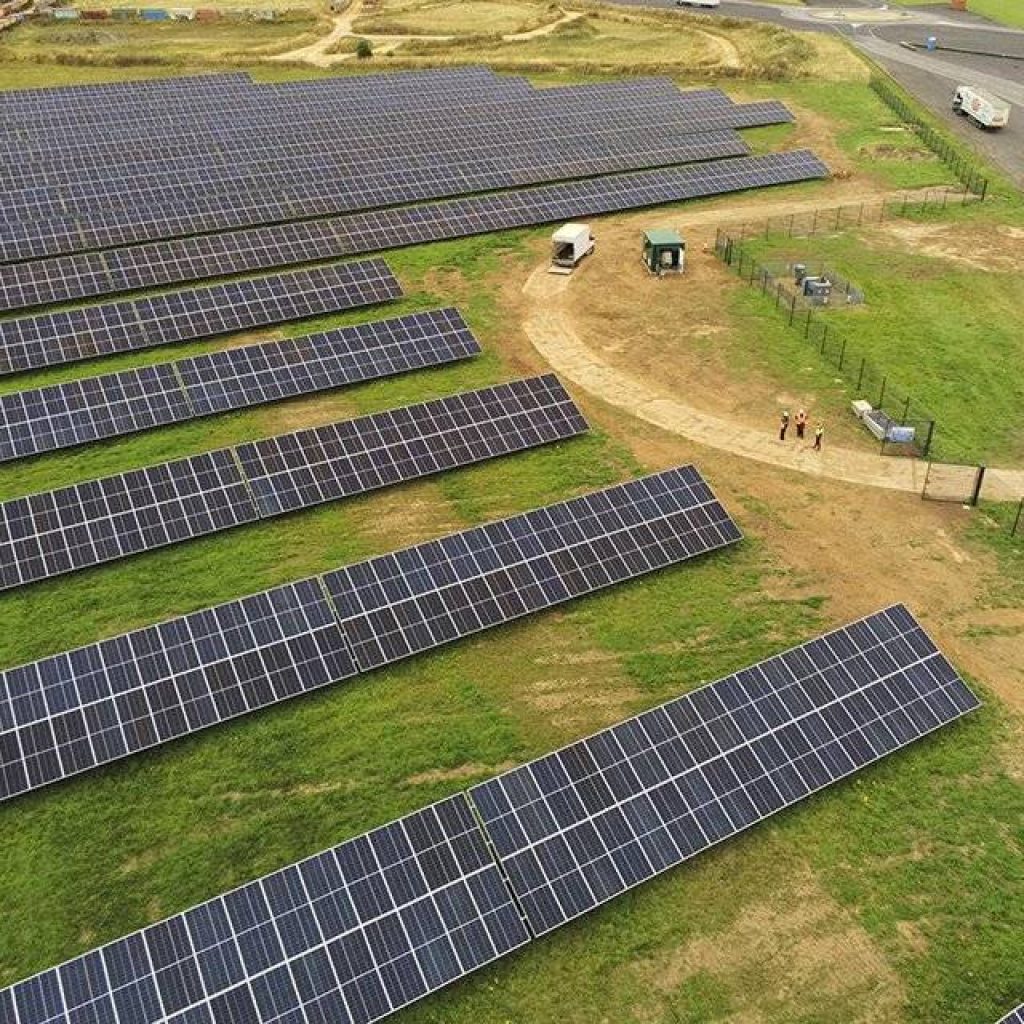The next step in this evolution is deployment onto Exercise WESSEX STORM 1/23 to test a new company Order of Battle (ORBAT) and increased lethality at the company level…reports Asian Lite News
The study called Urban Phalanx, involves a number of concepts for achieving small unit dominance in future urban combat for dismounted light forces. The specific focus was on ways to improve urban combat effectiveness through changes in structures and lethality. These areas were developed in collaboration with Army and Royal Marines urban combat experts, as well as the US Marine Corps’ Warfighting Laboratory, and they performed very well during Dstl-led testing and simulation. The results then fed into British Army decision making.
The Army’s new experimentation battalion, 2nd Battalion The Yorkshire Regiment, have now been restructured around this concept and were deployed as the Next Generation Combat Team (NGCT) on both Project CONVERGENCE 22 and Exercise CERBERUS 22 to further develop it. The next step in this evolution is deployment onto Exercise WESSEX STORM 1/23 to test a new company Order of Battle (ORBAT) and increased lethality at the company level.
Dstl’s urban operations research lead and designer of the Urban Phalanx, Stuart Lyle, said, “Due to the complexity of urban terrain, urban combat quickly devolves into multiple, dislocated small unit battles fought at very close quarters, sometimes even between parts of the same building. The short engagement ranges and urban clutter also reduce the ability to employ supporting firepower assets, like mortars and artillery. This puts much greater emphasis on the performance of junior leaders and individual soldiers in deciding the outcome of an urban operation than in more rural combat. The complexity of the terrain and the proximity of the enemy also places a greater burden on junior commanders to act as information sources for higher commanders, adding greater demands on these individuals. Therefore, the key aims of the Phalanx Platoon concept are to reduce cognitive load on junior commanders while enhancing their ability to defeat threats with their own assets.”
The NGCT that ETG are experimenting with is based around 2 Phalanx Platoons and a Manoeuvre Support Group. The Phalanx Platoon is built of 3 sections of 10 personnel, an anti-armour/anti-structure capability, a platoon systems operator, a platoon commander and a platoon sergeant.
The new section consists of 2 4-person fire teams and an independent command element comprising section commander and a section systems operator. This command element was shown to increase the situational awareness of the section, through the employment of drones and intelligence kit, while reducing the cognitive burden on the section commander.
The systems operator is also removed from the fire teams to focus on controlling the small uncrewed air systems (UAS) and updating the Dismounted Situational Awareness (DSA) system, providing greater situational awareness to both the section commander and platoon headquarters.
Each Phalanx Platoon has a shoulder-launched rocket team, armed with a Carl-Gustaf weapon system. This enables a rapid, multi-shot capability that can utilise different warheads dependent on the mission and does not require a specialist user to operate in the same way that Javelin does. By having this capability independent of the sections, it allows a more effective employment of these capabilities while reducing the load on the sections in both weight and cognitive burden.
The Manoeuvre Support Group consists of assets that would traditionally be found in a support company, increasing the lethality options immediately available to a company commander. The entire company will be mounted in light mobility vehicles, to offer enhanced mobility but not a platform to fight from.
ETG Lead, Col Toby Till, said, “Dstl’s science has enabled us to look at increasing the size of the sections, which increases their survivability and enables them to remain effective, even whilst sustaining casualties. This increase also enables the section commander to be removed from a fire team, allowing a better focus on commanding the section and digesting the increased levels of information being generated by the systems operator.”
The Manoeuvre Support Group also has 3 Javelin detachments to provide specialist anti-tank capability at the company level, with a greater range than that offered by the Carl-Gustaf Sensor Decider Effector (SDE) Teams and Indirect Fires. The Manoeuvre Support Group has 2 SDE Teams consisting of a Patrol Commander, Systems Operator/Mortar Fire Controller and a driver who also provides security. The company is assigned 2 81mm mortar barrels as integral indirect fires assets.
ALSO READ-UK begins inquiry into army’s ‘unlawful killings’ of Afghans


